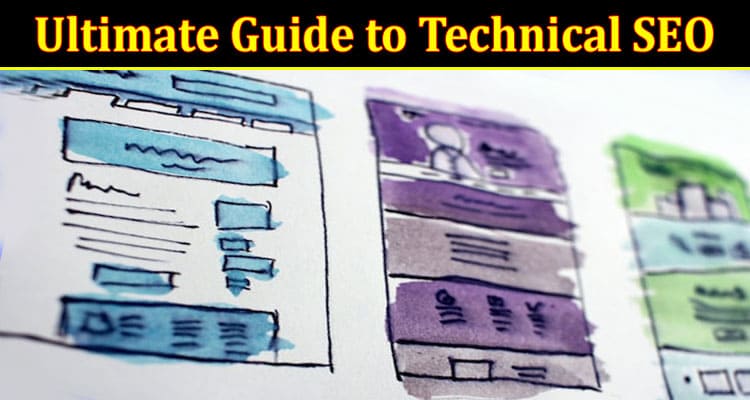Technical SEO is a crucial component of any successful online marketing strategy. It involves improving your website’s technical elements to ensure that search engines can efficiently crawl, index, and rank your site, ultimately leading to improved visibility and increased organic traffic. In this article, we will delve into four essential aspects of technical SEO and learn how to optimize your website for maximum search engine performance. Keep reading to unlock the full potential of your website.
Understanding Site Architecture
Site architecture refers to the way your website’s content is organized, structured, and linked together. A well-designed site architecture not only enhances user experience but also helps search engines understand and index your site more effectively. Good site architecture typically involves creating a logical hierarchy of pages, using descriptive URLs, and utilizing internal linking to connect related content and distribute link equity across your website.
Improving your website’s architecture can be as simple as making sure your navigation is intuitive and easy to follow, or as complex as conducting a full content audit and making substantial structural changes. Investing in technical SEO services could help you optimize your website and rank higher in search engine results, leading to more organic traffic and better business outcomes.
Breadcrumbs are another effective way to improve your site architecture. Breadcrumbs display the hierarchy of your website’s pages and provide a clear path for users to navigate back to previous sections. This not only helps search engine spiders crawl your site more efficiently but also keeps users engaged by enabling easy navigation through your content.
Optimizing Page Load Speed
Page load speed is a critical ranking factor in search engines, as it directly impacts user experience. Slow-loading websites often frustrate users, who might abandon the site in favor of faster alternatives. To optimize your website’s load speed, it’s important to identify the factors that are causing delays and implement the necessary changes. These could include optimizing images, leveraging browser caching, using a content delivery network, and enabling gzip compression.
Several tools are available for gauging your website’s load speed, such as Google PageSpeed Insights, GTmetrix, and Pingdom. These tools provide insights into the factors affecting your website’s performance and offer suggestions for improvement. Keep in mind that improving load speed is an ongoing process, and regular monitoring is essential.
It’s also crucial to ensure that your website is optimized for mobile devices. With mobile searches making up a significant portion of all internet browsing, a mobile-friendly website is necessary to stay competitive. Responsive website design, using AMP (Accelerated Mobile Pages), and optimizing design elements for touchscreens are essential in creating a seamless mobile experience for your visitors.
Implementing Structured Data
Structured data is a standardized format employed by search engines to better understand the content on your website. By using structured data, you can provide search engines with context and additional information about your content, such as FAQs, product prices, ratings, and more. This data allows search engines to display your content as rich snippets or other enhanced formats, contributing to improved click-through rates and visibility in search results.
There are several types of structured data you can use, depending on your site’s content. Adding structured data not only offers benefits for SEO but also improves the overall user experience on your website. Rich snippets and enhanced search results can entice users to click on your listing, while structured data helps deliver the most relevant information to users quickly and effectively.
Fixing Crawl Errors and Broken Links
Crawl errors occur when search engine bots are unable to access individual pages on your website. Some common crawl errors include server errors, DNS errors, and incorrectly formatted URLs. To identify and fix crawl errors, you can use Google Search Console to monitor your site’s health and receive notifications about any detected issues.
Broken links, also known as 404 errors, can negatively impact your site’s SEO and user experience. Users following broken links might become frustrated and leave your site, while search engines view broken links as a sign of poor maintenance. Fortunately, there are numerous tools available that can help you identify and fix broken links, such as Google Search Console.
Implementing an SEO-friendly 404 error page is another way to mitigate the consequences of broken links. Custom-designed 404 error pages can guide users back to your site’s main content by providing helpful information, a search bar, or links to popular pages. This creates a positive user experience despite the broken link and reduces bounce rate.
Overall, technical SEO involves a wide array of strategies and optimizations designed to improve your website’s performance, usability, and visibility in search engines. By understanding and implementing site architecture improvements, improving page load speed, leveraging structured data, and addressing crawl errors and broken links, you can significantly enhance your website’s SEO and enjoy increased organic traffic and better business outcomes.

